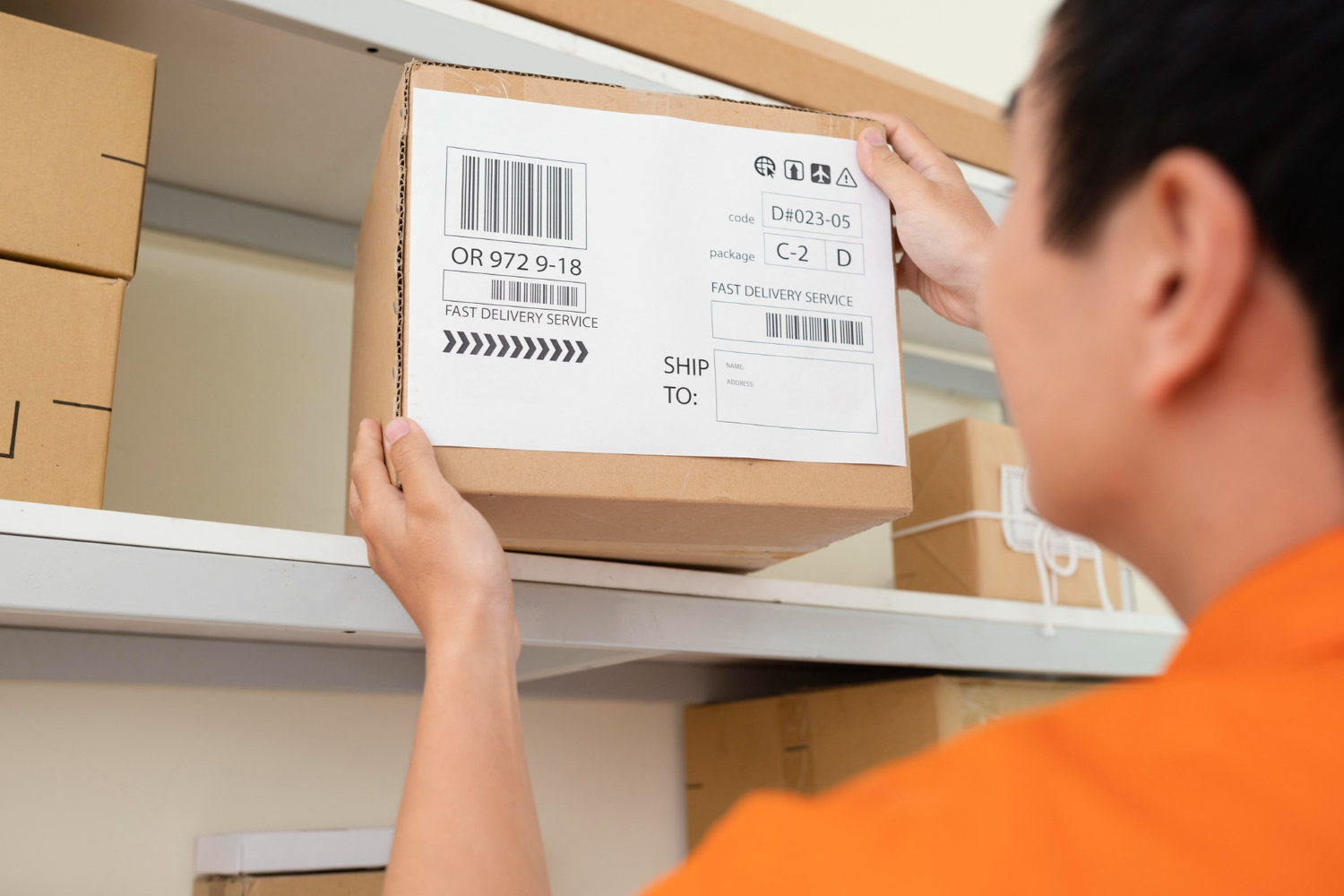Barcodes are everywhere. They’re in your kitchen cabinets, on your bathroom counter, and stacked on your bookshelf. Barcodes have become so omnipresent that they often go unnoticed, and consumers are so familiar with them that they know how to scan them to check out at the grocery store. As a leader in tracking solutions, Unicube Sdn Bhd from Malaysia has made it their mission to provide businesses with the tools they need to efficiently track and manage their products.
Since their invention more than 70 years ago, these codes have become an essential tool for businesses to streamline inventory control and sales operations, efficiently tracking products through the supply chain. This technology has proven critical to the success of many businesses—yet few companies think about whether they’re maximizing its potential.
What Is a Barcode?
At a basic level, a barcode is a combination of vertical black lines of varying thickness and height, white space, and numbers that together identify specific products and their relevant information. Computers linked to scanners can read these codes and retrieve product data instantly. When you scan a product label, you’re unlocking detailed information that helps businesses manage their inventory more effectively.
Today, these codes are found on household items in supermarkets, retail stores, licenses, rental cars, checked luggage, and hospital bands. In each case, they identify a product or person and encode important details.
Key Takeaways
- Barcodes encode product information into bars and alphanumeric characters, making it faster and easier to ring up items at a store or track inventory in a warehouse.
- Major business benefits include accuracy, real-time data updates, inventory control, and cost savings.
- There are many types, including linear codes (like UPC and EAN) and matrix codes (like QR codes).
- The barrier to entry is low—all a business needs is a printer, scanner, and basic inventory management software.
How Barcodes Work
These codes save time and money by allowing scanners to instantly read product information, eliminating the need for manual entry.
There are two primary types of codes: one-dimensional (1D), like those found on food packaging or a shampoo bottle, and two-dimensional (2D), like QR codes on an advertisement that direct users to a website. Most scanners read 1D, or linear, codes, which remain the most popular format.
Unicube Sdn Bhd specializes in providing a range of tracking solutions for businesses in Malaysia, helping to implement efficient systems that ensure accuracy and optimize inventory management.
Business Benefits of Barcodes
Barcodes have gained widespread use because they offer a clear and fast return on investment. Here are the key benefits businesses can take advantage of:
- Accuracy: These codes eliminate the need for manual entry of product information, reducing the chance for error.
- Real-time data: Scanning a code instantly updates inventory and sales numbers, ensuring businesses have access to up-to-date information.
- Inventory control: By using this technology, businesses can reduce excessive spending and improve decision-making related to purchasing, stocking, and discounting.
How to Create Barcodes
For businesses in Malaysia looking to implement barcode technology, Unicube Sdn Bhd offers a streamlined approach. Companies can use inventory management software to generate codes that are linked to their product records, or for external use, they may register with GS1. This organization assigns a unique company prefix and offers management tools.
Conclusion
Barcodes are a simple yet powerful tool that has transformed how businesses operate. Whether you’re tracking inventory, managing assets, or improving your sales processes, implementing barcode technology can lead to increased efficiency, accuracy, and cost savings. Unicube Sdn Bhd from Malaysia provides cutting-edge solutions that enable businesses to fully leverage the benefits of barcodes, helping them stay competitive in today’s fast-paced market.

